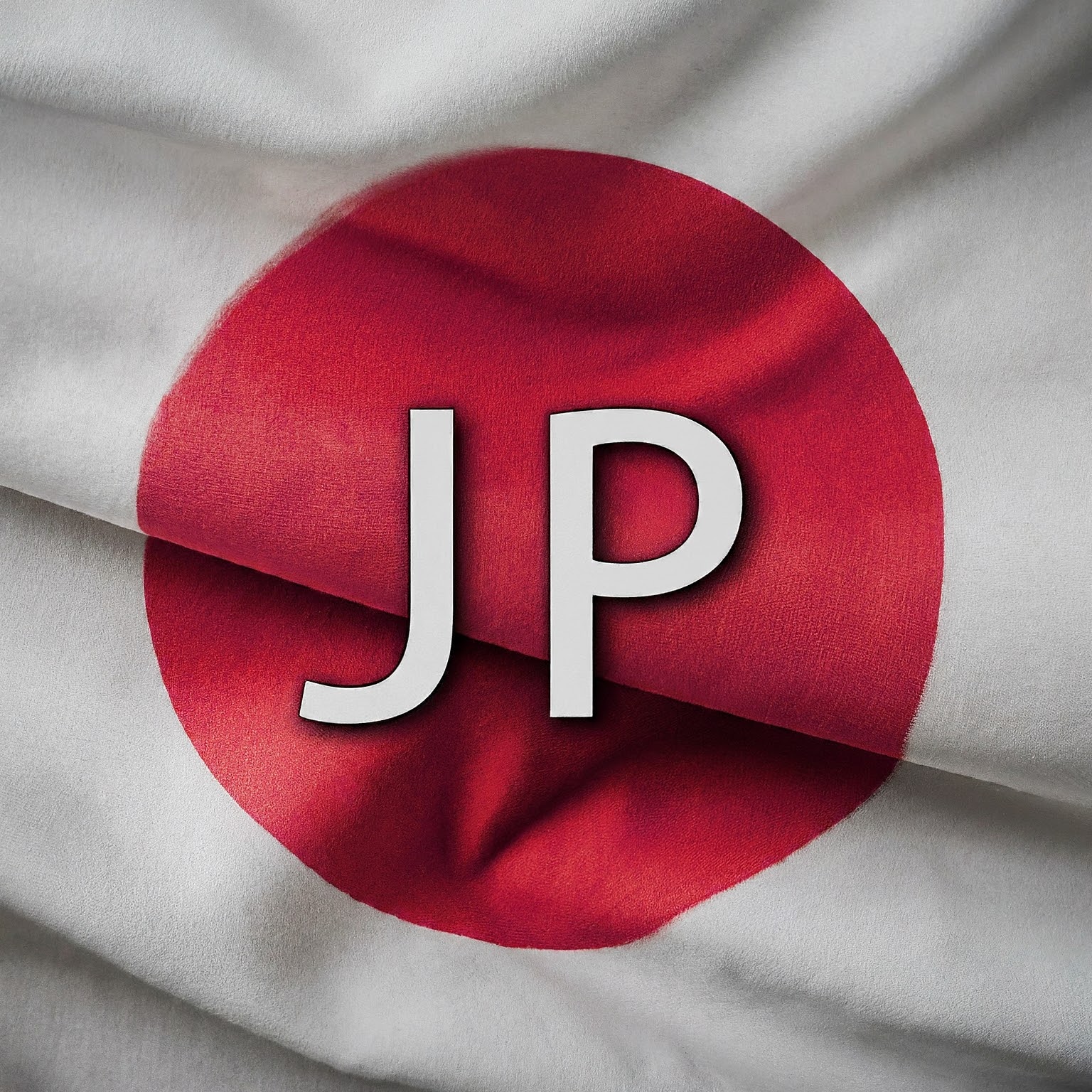The Japan ISO code is a standardized identifier used to represent the country in various international systems and databases. This article delves into the intricacies of this code, its significance, and its applications across different domains.
What is the Japan ISO Code?
The Japan ISO code is a specific set of characters assigned to Japan under the ISO 3166-1 standard, developed by the International Organization for Standardization (ISO). This standard provides codes for the representation of names of countries, dependent territories, and other entities.
Types of Japan ISO Code
There are two primary formats for the Japan ISO code:
- Alpha-2 code: This is a two-letter code, which for Japan is JP.
- Alpha-3 code: A three-letter code representing Japan as JPN.
The Importance of the Japan ISO Code
The Japan ISO code serves as a universal identifier, enabling efficient data exchange and communication across borders. Its significance is evident in various fields:
- International trade: Used for customs declarations, shipping documents, and trade statistics.
- Finance: Essential for financial transactions, currency exchange, and banking systems.
- Telecommunications: Employed in phone number dialing, domain name systems, and internet protocols.
- Transportation: Utilized in airline booking systems, passport control, and vehicle registration.
- Data management: Crucial for databases, spreadsheets, and software applications.
How the Japan ISO Code is Used
The Japan ISO code finds applications in numerous ways:
- Country identification: Clearly specifying Japan in forms, documents, and digital systems.
- Data filtering: Sorting and categorizing information based on country.
- Language selection: Determining the appropriate language for user interfaces and content.
- Currency conversion: Calculating exchange rates and financial transactions.
- Geographic information systems (GIS): Locating and mapping data related to Japan.
Beyond the Basic Japan ISO Code
While the alpha-2 and alpha-3 codes are widely used, the ISO 3166 standard also includes additional codes for subdivisions within countries. For Japan, the ISO 3166-2:JP standard provides codes for prefectures.
ISO 3166-2:JP
This standard assigns unique codes to Japanese prefectures, facilitating precise geographic referencing and data management. For example, the code for Tokyo is JP-13.
Challenges and Future Developments
Despite its importance, the Japan ISO code is not without challenges. As the world becomes increasingly interconnected, there is a growing need for more granular and specific codes to accommodate emerging regions and territories. Additionally, the rapid pace of globalization necessitates continuous updates to the ISO standards to keep up with evolving geopolitical landscapes.
Conclusion
The Japan ISO code is a fundamental tool for effective communication and data management in the globalized world. Its role in various sectors cannot be overstated. As technology advances and international interactions deepen, the significance of standardized codes like the Japan ISO code will only continue to grow.
